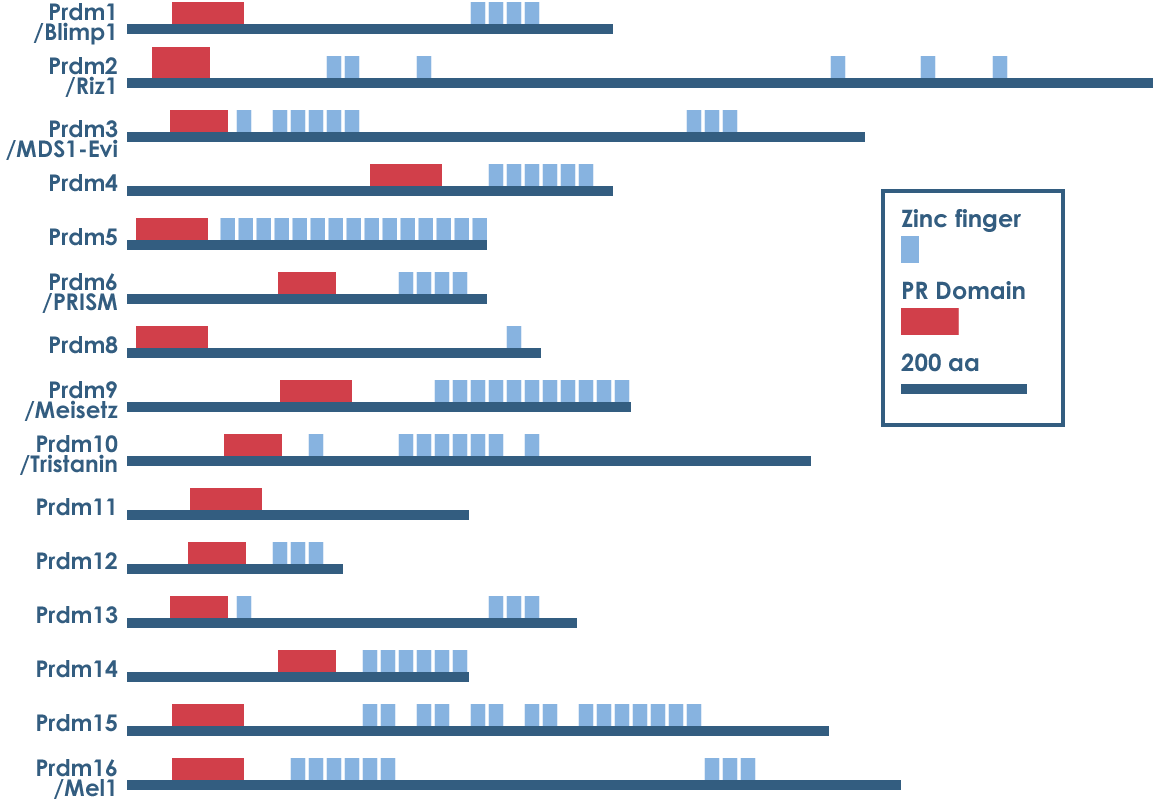Precision Medicine is the foundation of our drug development platform. We are designing drugs to be curative through the modulation of PRDM genes and proteins and assembly of key Precision Medicine components that allow ARIZ to develop drugs that will get to the right place at the right time.

A unique treatment method, Precision Medicine is a combination of biological and nanotechnologies that deliver cancer drugs that can kill cancer cells while avoiding damage to healthy cells.
Our Product Platform Components & Assembly

We invent the small interfering ribonucleic acids (siRNA) that targets and destroys cancer cell driver proteins while not harming healthy cells.
We design targeting peptides to guide our drug delivery systems to cancer cells exclusively.
We select the best nanoparticle and add PEG to protect the drug and concentrate it at the right location.
The PRDM family of proteins are known as master regulators of thousands of genes and proteins as well as of key cellular pathways, such as proliferation, migration, and survival, in both normal and cancer cells. Cancer cells activate or inhibit the PRDM genes and proteins in order to initiate cancer processes.
We have already licensed issued patents covering the PRDM genes and proteins and filed new provisional patents that cover specific product composition of matter, utility and the inventive steps to produce these products.
- Note that these proteins have two major components, the red PR Domain, and the blue Zinc Fingers. These parts of the protein are involved in regulation of cell growth, proliferation, differentiation, survival, and migration.
- The red PR domain is a code for an enzyme known as a histone methyltransferase, which has a silencing role over many pathways of cell development and is known as a tumor suppressor. The Zinc finger and other motifs in the protein control gene and protein activation.
- Cancer occurs when the PR Domain is inactivated and the blue motifs are activated, resulting in the loss of the tumor suppression function and run-away proliferation due to activation of genes and proteins. These are the two ‘oncogenic hits’ that start cancer cell tumor growth and predict a poor outcome for cancer patients.
